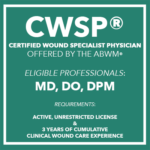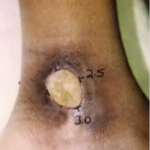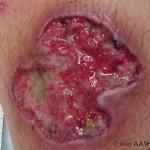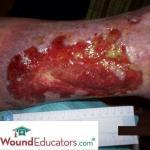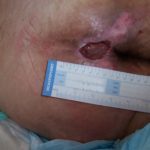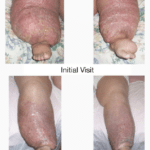Pressure Injury – Formerly Known As Pressure Ulcer
Pressure Ulcers are lesions caused by many factors such as unrelieved pressure; friction; humidity; shearing forces; temperature; age; continence and medication; to any part of the body, especially portions over bony or cartilaginous areas such as sacrum, elbows, knees, and ankles. Although often prevented and treatable if found early, they can be very difficult to…


